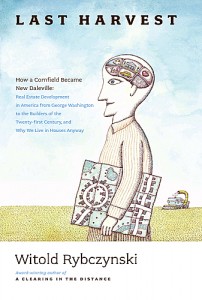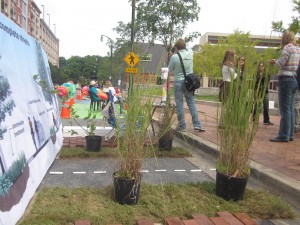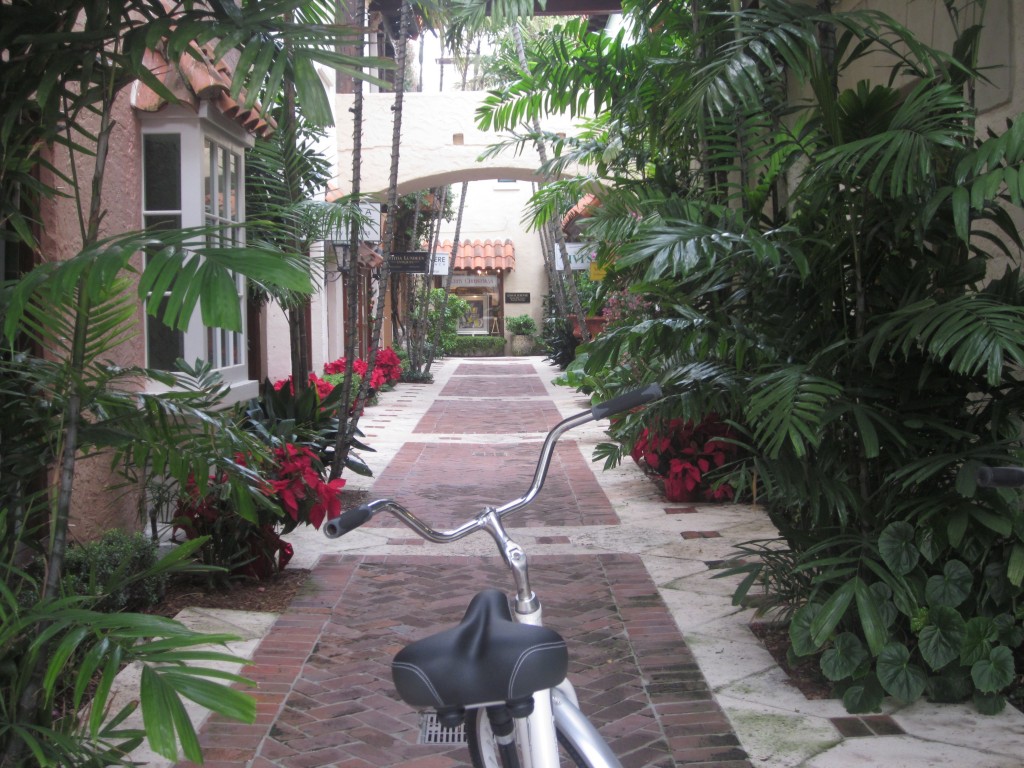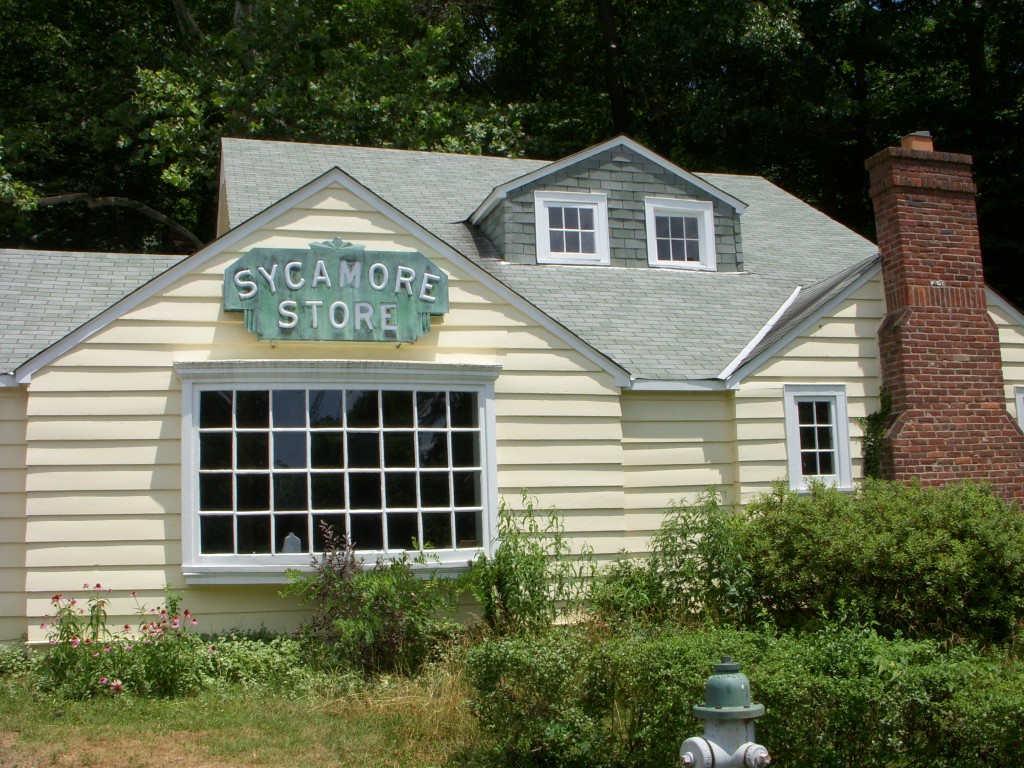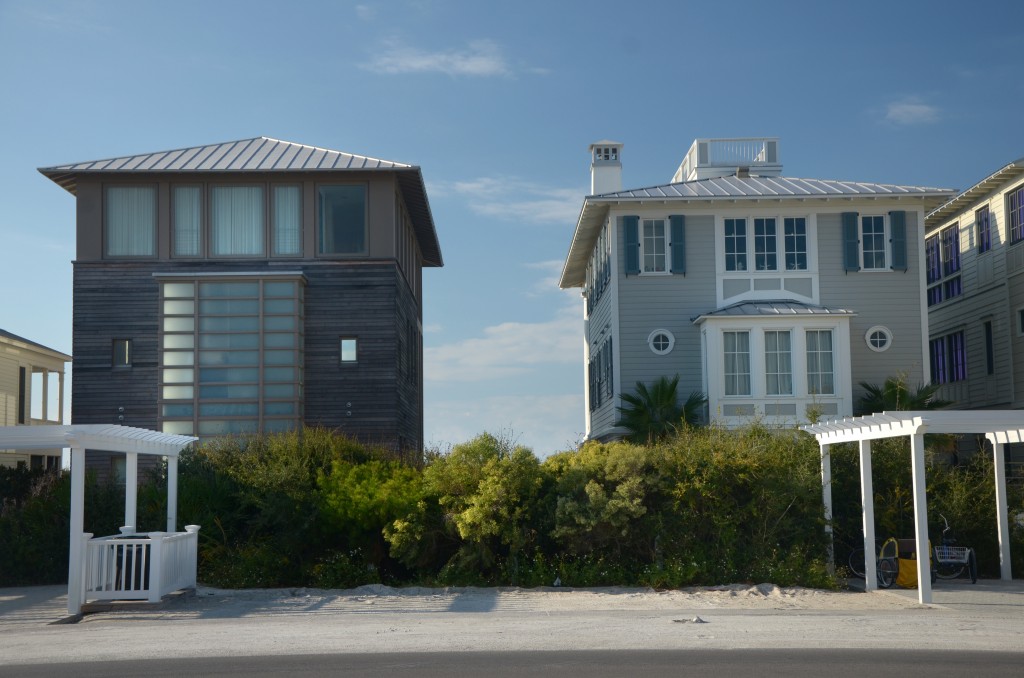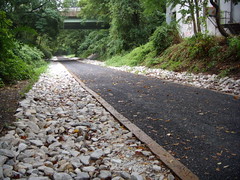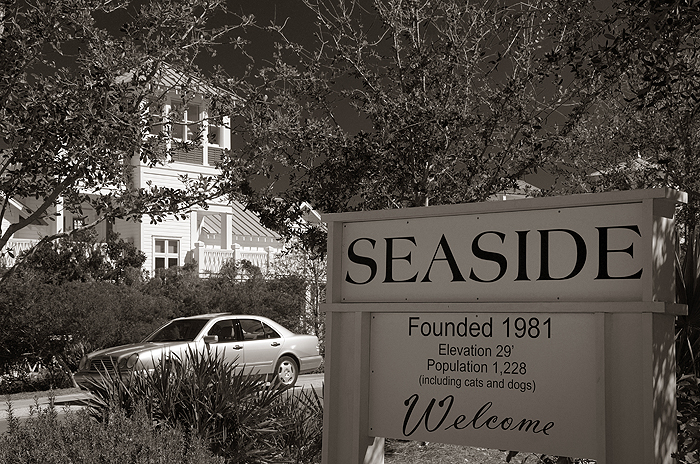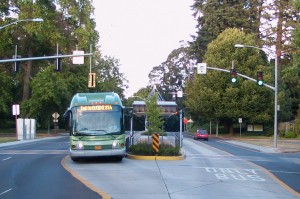
While the Planning Board, staff, and County are facing down the challenges of retro-fitting bus rapid transit into the suburbs, some transit planners are thinking about the soulfulness of mass transit.
Beyond the engineering and economic calculations, the languge used to describe the service, its frequency and legibility, whether you can eat on a train car or check your email all contribute to how you feel about transit and whether you’re likely to use it.
I am not a frequent Metro user, but when I think about a local trip I consider it an alternative. I usually find it timely and convenient, but am always stymied by figuring the fare. Am I in the peak or peak of the … Continue reading
